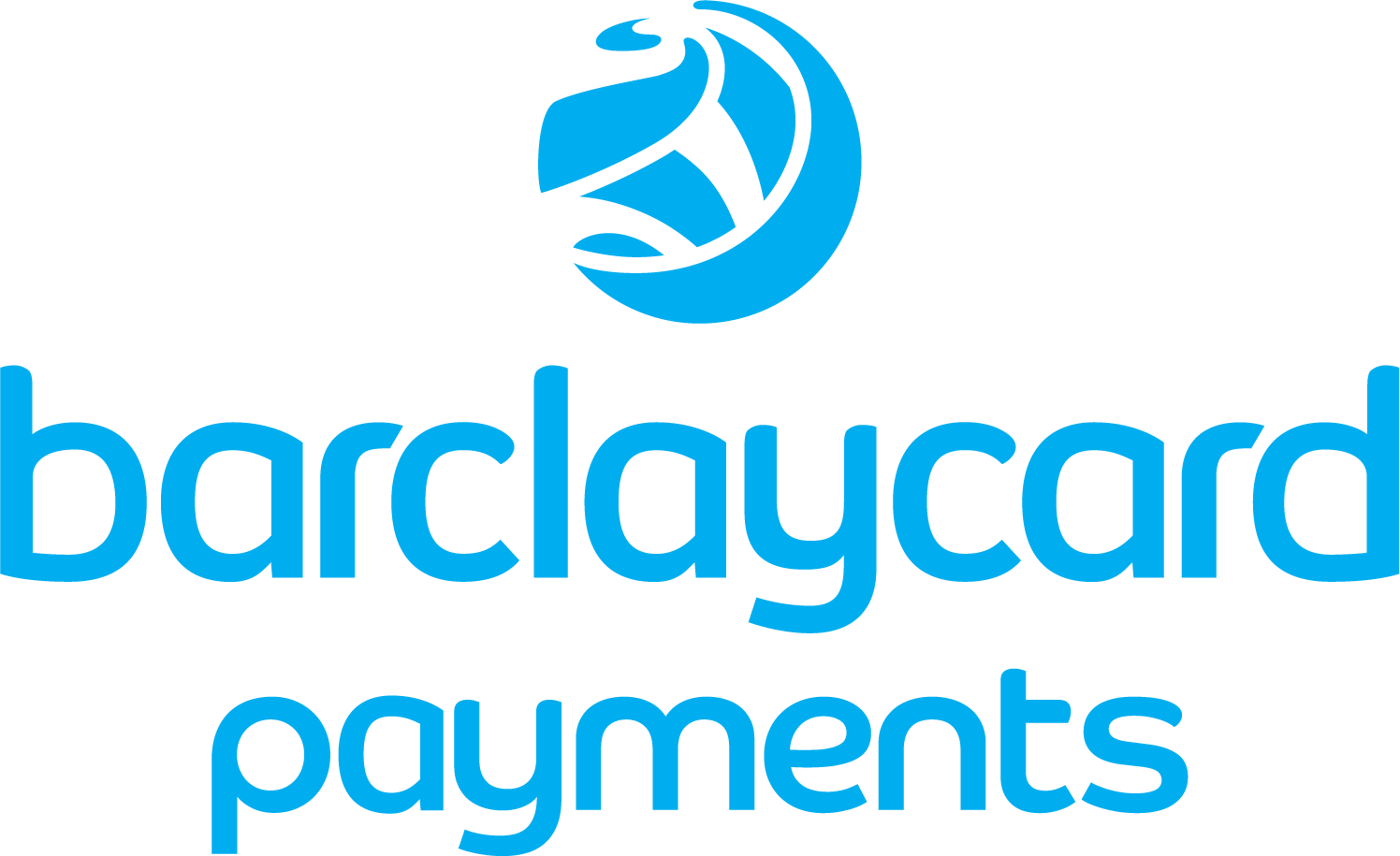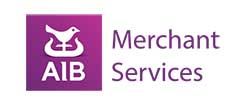- Accept card payments – lowest rates from 0.27%
- Keep your card processing fees to a minimum
- Direct access to the UK’s leading card processing banks
- We ensure your rates always remain competitive
No spam emails or calls
Choose from the payment methods then click Next
What's your turnover each month?
Enter the name of your company
Enter your company's postcode and contact number






The Best Guide to Contactless Payment: Fast, Secure, and Convenient
In today’s fast-paced world, convenience and security are top priorities when it comes to making payments. Contactless payment has revolutionised the way we pay, offering a seamless alternative to cash and traditional chip and PIN transactions through a comprehensive contactless payment system. Whether you’re using a contactless card, mobile phone, or wearable device like an Apple Watch, this payment method is transforming retail, public transport, and everyday purchases.
In this comprehensive guide, we’ll explore how contactless payments work, their benefits, security features, and the latest payment limits in the UK. We’ll also compare popular mobile wallet options like Apple Pay, Google Pay, and Samsung Pay, and explain the technology behind tap to pay systems.
What Is Contactless Payment?
Contactless payment is a secure payment method that allows customers to make transactions by simply tapping their bank card, mobile device, or wearable on a payment terminal. It uses Near Field Communication (NFC) or radio frequency identification (RFID) technology to transmit payment details wirelessly, eliminating the need for physical contact or inserting a card.
The contactless symbol (a wave-like icon) indicates where these payments are accepted, from supermarkets to public transport systems like London’s Tube.
How Do Contactless Payments Work?
When you tap to pay, here’s what happens behind the scenes:
-
The Technology:
-
Near Field Communication (NFC): Enables short-range communication between your card or mobile phone and the contactless reader.
-
RFID technology: Used in some contactless cards, emitting radio waves to transmit data.
-
-
The Process:
-
Hold your contactless card or mobile device within the optimum distance (about 2-4 cm) of the payment reader.
-
The terminal reads the encrypted data and processes the transaction in seconds.
-
For higher-value purchases, you may need to verify with PIN payments or biometric authentication (fingerprint/Face ID).
-
Benefits of Contactless Payments
Contactless payments offer numerous benefits for both consumers and businesses. One of the primary advantages is convenience. With contactless payments, customers can make quick and easy transactions without the need to insert their card or enter their PIN. This leads to faster checkout times and a more streamlined shopping experience, making it a preferred payment method for many.
Security is another significant benefit. Contactless cards and mobile payments use advanced encryption and tokenization to protect customer data, making them more secure than traditional magnetic stripe cards. Additionally, contactless payments are subject to the same security measures as Chip and PIN payments, providing an extra layer of protection against fraud.
For businesses, contactless payments can help reduce queues and increase customer satisfaction, leading to greater loyalty and repeat business. They also minimize the need for cash handling, reducing the risk of theft and fraud. Overall, contactless payments offer a win-win solution for both consumers and businesses, enhancing the payment experience while ensuring security and efficiency.
Contactless Payment Limits in the UK
To balance convenience and security, UK regulators set a contactless limit per transaction. As of 2024:
-
Single transaction limit: £100
-
Cumulative limit: Some banks may require a PIN after multiple contactless transactions or a certain spending limit within the same period.
These payment limits help prevent card fraud while allowing quick, small purchases.
Mobile Contactless Payments: Apple Pay, Google Pay & Samsung Pay
With the rise of digital wallets, paying via mobile phone has become increasingly popular. Here’s how the top mobile payment systems compare:
|
Feature |
Apple Pay |
Google Pay |
Samsung Pay |
|---|---|---|---|
|
Compatible Devices |
iPhone, Apple Watch |
Android Phones |
Samsung Galaxy Devices |
|
Authentication |
Face ID, Touch ID, Passcode |
Fingerprint, PIN |
Fingerprint, Iris Scan |
|
Where It Works |
Any contactless payment terminal |
NFC-enabled terminals |
NFC & MST (Magnetic Secure Transmission) |
|
Security |
Tokenization, no card details stored |
Encrypted transactions |
Samsung Knox security |
Why Use a Mobile Wallet?
-
Secure payments: Your actual card number isn’t shared; instead, a virtual token is used.
-
No need to carry a bank card: Just your mobile device.
-
Higher transaction limits: Some mobile contactless payments bypass the standard contactless limit with biometric verification.
Are Contactless Payments Safe?
Security is a major concern for consumers, but contactless payments are designed with multiple layers of protection:
✅ Tokenization: Replaces card details with a unique code for each transaction.
✅ Biometric/Face ID/PIN verification: Required for larger purchases.
✅ Short-range NFC: Prevents remote skimming (unlike older RFID technology).
✅ Transaction monitoring: Banks flag suspicious activity.
However, if your card is lost or stolen, report it immediately to your card issuer to prevent unauthorised use.
Where Can You Accept Contactless Payments?
Almost every modern point of sale supports contactless payment technology, including:
-
Supermarkets & retail stores
-
Restaurants & cafes
-
Public transport (London buses, Tube, trains)
-
Parking meters & toll booths
-
Vending machines
Small businesses can also accept contactless payments using portable payment terminals like Square or SumUp.
Using Contactless Payments Abroad
When traveling abroad, contactless payments can be a convenient way to manage your expenses, but it’s essential to be aware of different payment limits and security measures. Payment limits for contactless transactions may vary from country to country, so it’s crucial to check with your bank or card issuer to understand the specific limits for your card.
In some cases, merchants abroad may not verify with the bank before processing a payment, which could result in an overdraft or exceeding your credit limit. To avoid this, ensure you have sufficient funds in your account before making a contactless payment. Additionally, using Chip and PIN payments can provide an extra layer of security and help prevent excessive spending.
By being mindful of these factors, you can enjoy the convenience of contactless payments while traveling, without compromising on security or exceeding your budget.
Managing Your Contactless Card
Managing your contactless card is straightforward and offers flexibility to suit your preferences. Once you receive your contactless card, it needs to be activated. Typically, this involves making a Chip and PIN payment first, which activates the contactless feature for future transactions.
If you prefer not to use contactless payments, you can easily turn off this feature using your banking app, by contacting your bank, or by visiting a branch. You can always opt to use Chip and PIN payments as an alternative, ensuring you have control over your payment methods.
Additionally, you can set a contactless payment limit on your card through your banking app. This feature helps prevent excessive spending and adds an extra layer of security. The maximum contactless payment limit for adult current accounts and credit cards in the UK is £100, but you can set a lower limit if you prefer.
By understanding how to activate, use, and manage your contactless card, you can take full advantage of the benefits of contactless payments while maintaining control over your spending and security.
The Future of Contactless Payment Technology
The UK is a leader in contactless adoption, with UK Finance reporting that over 80% of card payments are now contactless. Trends to watch:
🔹 Higher spending limits (already increased from £45 to £100).
🔹 Wider wearable payments (smart rings, fitness bands).
🔹 Biometric bank cards (fingerprint-enabled).
🔹 Global expansion (following South Korea’s cashless society model).
Common Questions About Contactless Payments
1. Can I Use Contactless After My Card’s Expiry Date?
No, once your card’s expiration date passes, you’ll need a new contactless card.
2. What If My Contactless Payment Doesn’t Work?
-
Check if the terminal displays the contactless symbol.
-
Ensure your card or mobile wallet is active.
-
Try holding your device closer to the payment reader.
3. Is There a Daily Limit on Contactless?
Most UK banks don’t impose a strict daily limit, but frequent use may trigger a PIN request for security.
4. Can Someone Steal My Card Details via Contactless?
Extremely unlikely due to encryption, but always monitor transactions and report fraud immediately.
Conclusion: Why Switch to Contactless?
Contactless payment is the fastest, most secure, and convenient way to pay. Whether you’re using a debit card, credit card, or mobile wallet, the benefits are clear:
✔ Speed – Faster than cash or chip and PIN.
✔ Security – Advanced encryption and tokenization.
✔ Convenience – No need to carry cash or remember a PIN for small purchases.
As contactless technology evolves, we can expect even more innovations in payment systems, making tap to pay the standard worldwide.
Ready to go cashless? Check with your bank for a new contactless card or set up Apple Pay, Google Pay, or Samsung Pay today!